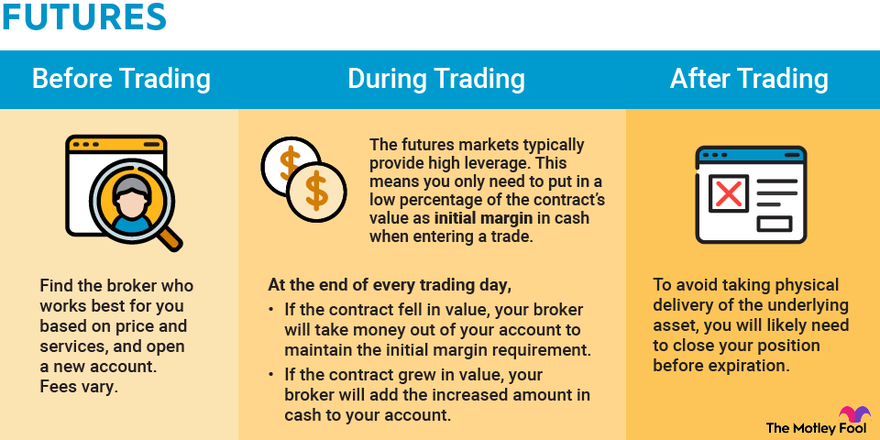Essential Tools for Successful Futures Trading
Essential Tools for Successful Futures Trading
Blog Article
Take-profit trading is an essential strategy for many traders looking to secure in gains while managing risks effectively. But, also experienced traders often make futures trading discount that could affect their returns. By getting conscious of these common problems, you can improve your methods and make take-profit trading function to your advantage. Here is a dysfunction of the very most frequent errors to be cautious about and how to prevent them.
1. Setting Unlikely Income Targets
A significant error traders produce is placing gain objectives which can be very ambitious. While the aim of take-profit trading is to maximize increases, unlikely objectives usually end in overlooked opportunities. For instance, rather than striving for a reunite that is impossible within market conditions, traders should analyze famous price activities, tendencies, and reasonable gain margins.
To fix this, arrange your income objectives with industry volatility and historical resistance levels. Aiming for achievable objectives diminishes frustration and advances the probability of consistently securing in profits.

2. Ignoring Industry Tendencies
Trading against industry trend is just a recipe for deficits, even though take-profit degrees are involved. Some traders set firm gain targets without accounting for the general direction of the market. This usually results in premature leaves or missed options to capitalize on significant value movements.
Assure that your take-profit strategies align with prevailing trends. Applying instruments like going averages or trendlines can help recognize the broader market way, ensuring you quit trades at maximum levels.
3. Failing woefully to Change for Industry Situations
The areas are dynamic and continually changing. Maintaining a static take-profit strategy, regardless of current problems, increases the danger of inefficiency. Many traders stay to their initial plans even though new data or improvements in economic problems recommend otherwise.
To handle that, embrace a flexible approach. Check crucial factors like market media, volatility, and macroeconomic indicators. Change take-profit levels as new data emerges to ensure they keep relevant.
4. Overlooking Risk-Reward Ratios
A common error lies in ignoring the risk-reward proportion of trades. Some traders set tight take-profit degrees that do not make sense provided the amount at risk. For instance, risking $100 to achieve $50 undermines successful trading principles.
To prevent that mistake, aim for a risk-reward proportion of at least 1:2. What this means is the possible profit must be at the least dual the quantity you're prepared to risk. Subsequent this principle advances the odds of long-term profitability.

5. Emotional Trading
One of the most detrimental problems in take-profit trading is letting thoughts influence decisions. Concern and greed usually result in changing take-profit levels impulsively, which reduces likelihood of sticking with a sound strategy.
Fight that by depending on solid evaluation and sticking with predefined rules. Using computerized trading systems also can support eliminate the effect of emotions by executing trades predicated on predetermined criteria.
Avoiding these popular problems needs control, constant examination, and a willingness to adapt. By carefully handling your take-profit methods, you are able to boost your trading success and lower pointless losses. Report this page